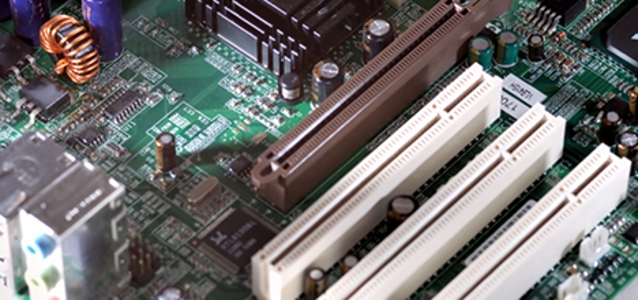
© beisea dreamstime.com
Electronics Production |
Samsung makes play for Top2
Apple's application processor business still driving Samsung's foundry success, but for how long?
TSMC remained the leader; in fact, TSMC’s 2012 sales were almost 4x that of second-ranked GlobalFoundries and more than 10x the sales of the fifth-ranked foundry SMIC. There were only three IDM foundries in the ranking—Samsung, IBM, and MagnaChip. Samsung was by far the largest IDM foundry in 2012 with almost 10x the sales of IBM, the second largest IDM foundry.
In 2012, Samsung almost doubled its foundry sales and surpassed UMC to become the third-largest IC foundry in the world. Moreover, IC Insights believes that the company will challenge GlobalFoundries for the number two spot in the ranking in 2013. Samsung has the ability (i.e., leading-edge capacity and a huge capital spending budget) and desire to become a major force in the IC foundry business. It is estimated that the company’s dedicated IC foundry capacity reached 150K 300mm wafers per month in 4Q12. Using an average-revenue-per-wafer figure of $3,000, Samsung’s IC foundry capacity currently has the potential to produce annual sales of about $5.4 billion.
In 2012, Samsung was the largest supplier of smartphones in the world by a wide margin, shipping 220 million handsets with Apple coming in second, selling 133 million iPhones. Thus, in total, Samsung and Apple represented almost half of the total worldwide smartphone shipments (750 million) last year. As a result, Samsung is enjoying a tremendous amount of synergy by supplying application processors to the largest (i.e., itself) and second largest (i.e., Apple) suppliers in the world of one of the hottest electronic system products in the world—smartphones.
After jumping by 82% in 2011, Samsung’s foundry sales surged by another 98% in 2012, easily making it the fastest growing top-12 foundry in 2011 and 2012. It is interesting to note that Apple’s 2012 share of Samsung’s total foundry sales was 89%. However, as Apple begins to engage other foundries (e.g., TSMC, GlobalFoundries, and possibly Intel) to produce its custom processors, Samsung will need to make up for these lost sales by signing on additional large-scale customers.
Apple and Samsung are often embroiled in a dramatic courtroom battles concerning various lawsuits and counter-lawsuits regarding system level patents. Yet, as of early 2013, Apple was still very reliant on Samsung for its advanced IC processor production for its iPad tablets, iPhones handsets, and high-end iPod portable media players. It should be noted that TSMC was working at over 100% utilization throughout the first three quarters of 2012 and essentially had no ability to allocate large amounts of leading edge IC production capacity to Apple.
One important factor that is oftentimes overlooked with regards to the Samsung/Apple IC supply relationship is the large amount of memory, both DRAM and flash, that Apple buys from Samsung, the largest memory manufacturer in the world. Since Apple is such a big memory customer, Samsung is able to “bundle” its IC offerings to Apple and deliver a cost-effective high-volume supply of leading-edge flash memory, DRAM, and application processors to the company.
It should be noted that, as of early-2013, no other foundry in the world could come close to matching Samsung’s total IC supply capabilities. Thus, while Apple and Samsung battle it out in the courtroom over system level issues and hammer away at each other in the electronic systems marketplace, Apple continues to endure its “marriage of convenience” with Samsung at the chip level.
There is no doubt that Apple is looking to diversify away from being so reliant on its major system level competitor—Samsung—for the production of its advanced ICs. However, IC Insights believes this transition is likely destined to happen over a few years rather than a few quarters.




